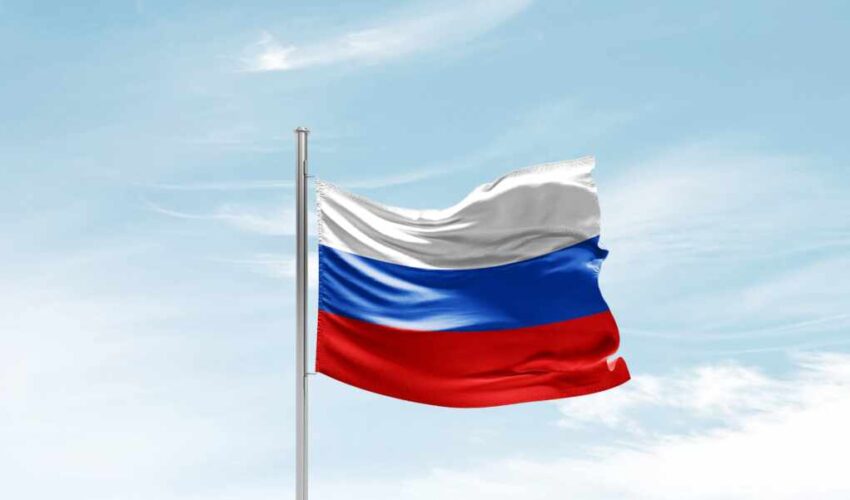Russia’s economy, once propped up by wartime spending and oil exports, is flashing red across multiple sectors as inflation, manufacturing slumps, and financial strain accelerate toward recession.
At a Glance
- Russia’s manufacturing sector contracted sharply in June
- Car sales fell nearly 30% as consumer spending weakens
- The central bank holds interest rates near 21% to fight inflation
- Regional power firms are warning of bankruptcy amid debt pressure
- GDP growth has slowed dramatically from late 2024 levels
Growth Engine Falters
New data from June shows a dramatic contraction in Russia’s economic activity, particularly in manufacturing, which saw its sharpest drop since March 2022. The country’s Purchasing Managers’ Index (PMI) plunged to 47.5, signaling a deepening industrial downturn. Even large firms like tractor manufacturer Rostselmash have cut production and pushed employees into leave cycles.
Russia’s GDP growth, which hit 4.5% in late 2024 due to defense spending and redirected oil exports, slowed to just 1.4% in the first quarter of 2025. The temporary benefits of war-driven expansion appear to be fading. Car sales plummeted 29% in June, and consumer sentiment continues to erode under the weight of high interest rates and rising inflation.
Watch a report: Economy flashing ‘big warning sign’ from lack of gas demand.
Financial Stress Spreads
The Russian central bank’s aggressive monetary policy—rates hovering near 21%—is pinching both businesses and consumers. Despite calls from domestic industries to ease lending, the bank remains locked in a high-rate stance to curb inflation, which remains in double digits.
Meanwhile, the government’s focus on war financing is creating ripple effects across non-military sectors. Regional utilities like Rosseti Sibir have warned of imminent bankruptcy due to debt obligations and energy price mandates. Analysts say that the war economy’s demand for preferential loans and production quotas is strangling civilian output.
Oil revenues, which fund nearly one-third of Russia’s budget, remain a key pressure point. Any dip in global oil prices could tighten fiscal capacity and magnify debt burdens, especially if Western sanctions intensify in the second half of 2025.
Putin’s Economic Strategy at Risk
President Vladimir Putin has long relied on a strategy of economic insulation through military-industrial growth and controlled markets. But with signs of recession mounting, that approach may now be unraveling. Russia’s current path resembles what economists call a “borrowed boom”—growth sustained by deficit spending and political mandates rather than organic productivity.
Policy officials are trapped between battling inflation and maintaining wartime output. Any misstep—such as premature rate cuts or uncontrolled spending—could trigger a currency collapse or banking crisis. Already, financial analysts warn of increasing risk to Russia’s mid-sized banks if consumer defaults or corporate bankruptcies spread.
With public discontent rising and regional budgets buckling, Russia’s war economy faces a new kind of battlefield: internal collapse. Whether the Kremlin can stabilize the situation without cutting military ambitions remains the trillion-ruble question.
Click this link for the original source of this article.
Author: Editor
This content is courtesy of, and owned and copyrighted by, https://thecongressionalinsider.com and its author. This content is made available by use of the public RSS feed offered by the host site and is used for educational purposes only. If you are the author or represent the host site and would like this content removed now and in the future, please contact USSANews.com using the email address in the Contact page found in the website menu.








